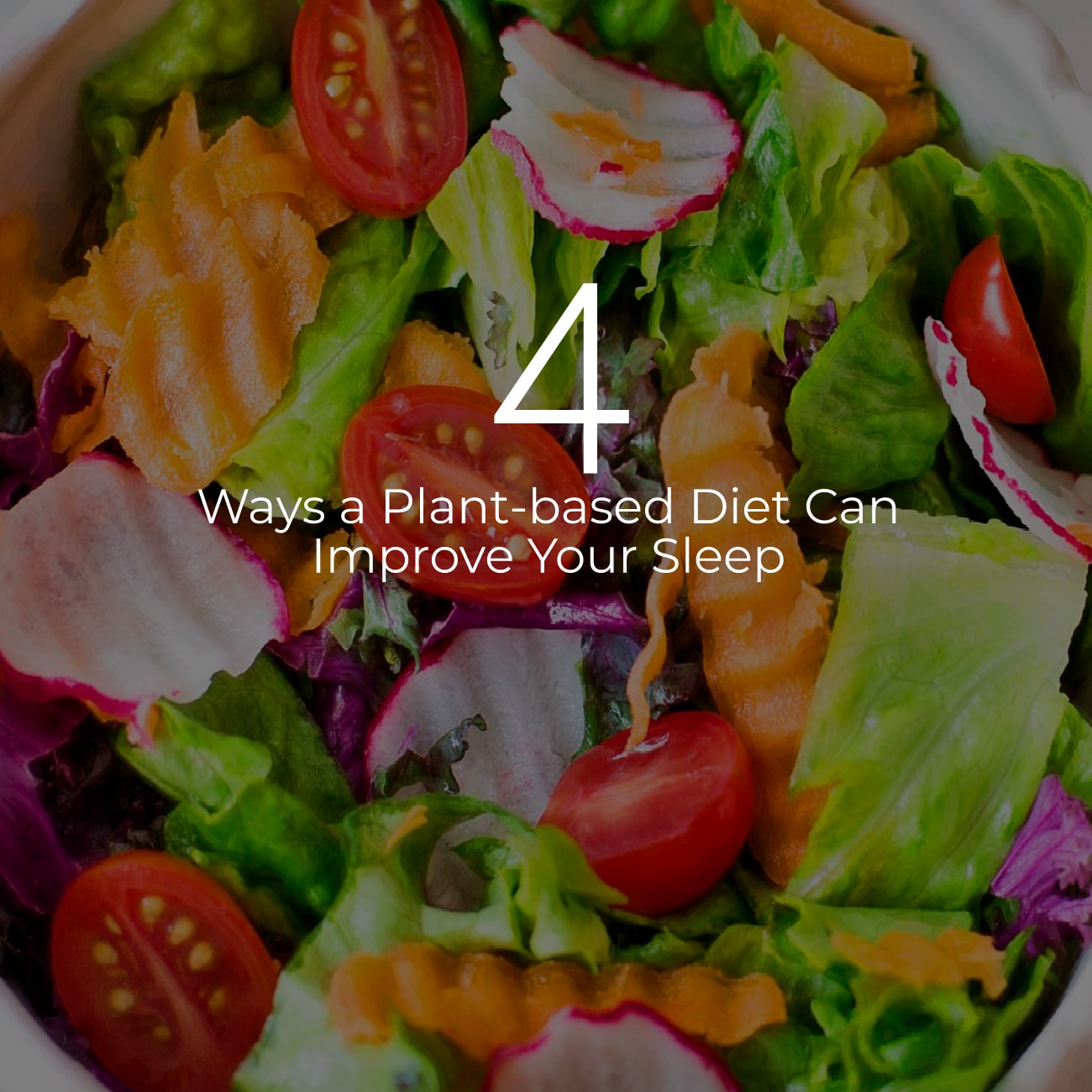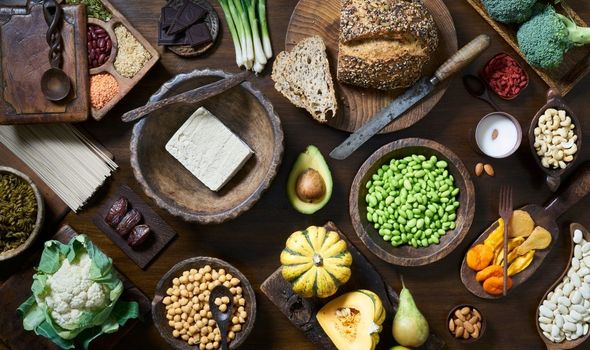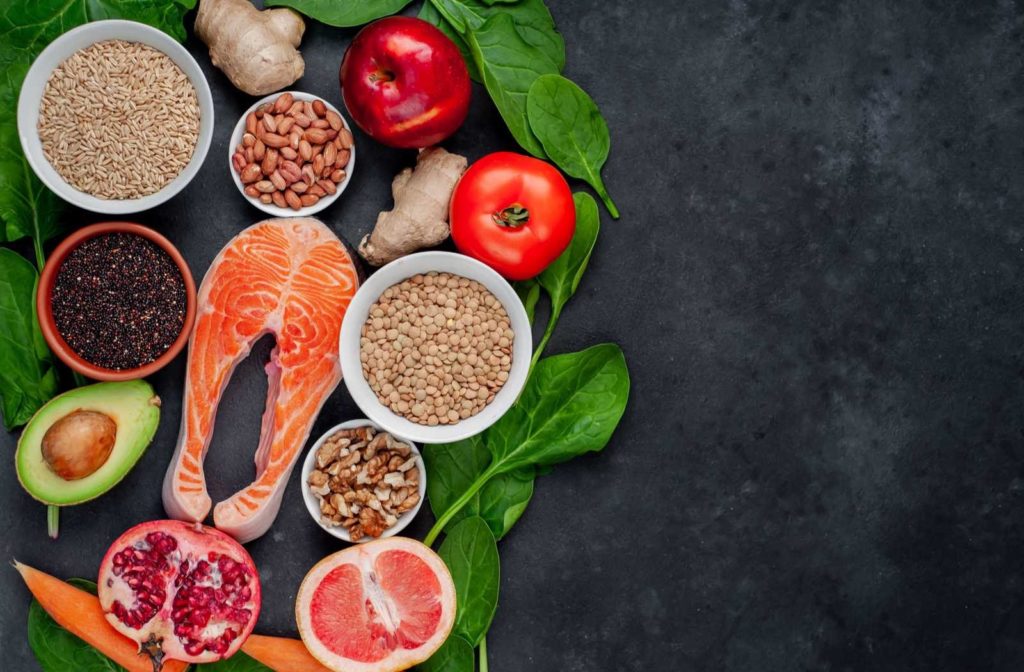
The vegan calculator app is a tool to help people learn more about the animal & environmental impacts of their eating habits. The app calculates the number of animals, water gallons, antibiotics, and carbon dioxide emissions that you can save by switching to a plant-based diet for a month or longer!
You can download the vegan calculator free of charge. This calculator is an excellent way to begin your journey of becoming a vegan or vegetarian.
How Many Animals Does a Vegan Save?
According to a vegan calculator, going meat-free would result in the saving of 105 animals each year. This may be a small amount, but it's still a fascinating statistic.
The vegan calculator calculates the number of animals that a meat eater would save by refraining from animal products.

This is a pretty simple equation, but it shows that the vegan diet is not only better for you and the environment, but it's also good for the economy!
This is a good way to get a friend to try the vegan diet. They'll be able to keep track of their progress and be more motivated to stick with the program!
How Many Animals Does Veggie Diet Save?
The vegan calculator will ask you if you are a vegetarian, and it will then calculate how many animals you can save by following this diet. It will also tell you how much water, land and grain you are saving as well as how much CO2 you are contributing to the atmosphere!
While the vegan diet can save some animals, in terms of conservation it's not as efficient as a diet that is more natural. The vegan diet can be a slow process, but is a great step forward!
How many animals is Animex able to save?
As a result of the high meat consumption in America, there are a lot of animals being killed. This is particularly true for ruminants such as sheep and cows.

These animals are responsible for a high number of greenhouse gasses and contribute to the global emissions of greenhouse gases that cause climate change. It is important to reduce meat consumption in order to slow global warming.
What is the Vegetarian Calc?
It is a tool that you can use to calculate the number of animals you could save by eating a vegetarian diet. The calculator calculates how much you can conserve in terms of animals, water, oil, and CO2 emissions by switching to a vegetarian diet.
The app will also show you how many acres of land, trees and grains you've saved.
FAQ
How can weight change with age?
How can I tell if my bodyweight changes?
If there are less calories than muscle mass, then weight loss is possible. This means that calories must be consumed at a rate greater than energy. A decreased level of activity is the main cause of weight loss. Other causes include illness, stress, pregnancy, hormonal imbalances, certain medications, and poor eating habits. When more fat is consumed than muscle mass, weight gain occurs. This happens when people consume more calories than they burn during the day. It can be caused by overeating or increased physical activity as well hormonal changes.
Our bodies lose weight mainly because we consume less calories than what we burn. Regular exercise increases metabolism, which means that we burn more calories per day. This does not necessarily mean that we will get thinner. All that matters is whether we are losing or gaining weight. We will lose weight if we burn more calories than we consume. However, if we consume more calories than we burn, we end up storing them as extra fat.
As we get older, our movement speed slows down and so we move less. We also tend to eat less food than we did when we were younger. Therefore, we tend to put on weight. However, our muscle mass is more important than our actual size.
If you don't weigh yourself every week, there's no way of knowing how much weight have you lost. There are many ways you can measure your weight. You can also measure your waistline, your hips or your thighs. Some people prefer to use bathroom scales while others like to use tape measures.
You can track your progress by weighing yourself at least once per week and measuring your waistline every month. You can also take photos of your self every few months to see the progress you have made.
You can also find out how much you weigh by looking up your height and weight online. You'd likely weigh 180 pounds if you were 5'10 tall and 180 pounds if you were 180lbs.
What should I eat?
Eat lots of fruits and vegetables. They are high in vitamins and minerals, which can help strengthen your immune system. Vegetables and fruits are high in fiber which helps to digest and fill you up. At least five servings of fruits and vegetables should be consumed each day.
Get plenty of water. Water helps flush toxins out of your body and makes you feel fuller between meals. Drink about eight glasses each day.
Consume whole grains and not refined. Whole grains have all the nutrients they need, including B vitamins. Refined grains have been stripped of some of their nutrition.
Sugary drinks should be avoided. Sugary drinks are full of empty calories and lead to obesity. Instead, opt for water, milk, or unsweetened tea.
Avoid fast food. Fast food is very low in nutrition. It may taste great but it won't give you the energy you need to function properly. Choose healthier options like salads, soups and sandwiches as well as pasta dishes.
Limit alcohol consumption. Alcohol contains empty calories and contributes to poor nutrition. Limit your consumption to no more then two alcoholic beverages per week.
Reduce the consumption of red meat. Red meats are high-in saturated fats and cholesterol. Choose lean cuts such as beef, pork and lamb, chicken, fish, or turkey.
How does an antibiotic work?
Antibiotics are medications that kill harmful bacteria. Antibiotics are used for treating bacterial infections. There are many types of antibiotics. Some are taken orally, some are injected, and others are applied topically.
Antibiotics can often be prescribed for people who have been infected with certain germs. If someone has chicken pox, they might need to take an oral antibiotic in order to prevent shingles. An injection of penicillin may be necessary to prevent pneumonia if someone has strep.
When antibiotics are given to children, they should be given by a doctor. Children are more likely to experience side effects than adults from antibiotics.
Diarrhea, the most common side-effect of antibiotics, is probably diarrhea. Other side effects include dizziness, nausea and vomiting, dizziness, stomach cramps, dizziness, allergic reactions, dizziness, dizziness, stomach cramps, diarrhea, nausea, vomiting, allergy, headaches, dizziness, dizziness, dizziness, stomach cramps, and stomach cramps. These side effects usually disappear once treatment has ended.
What is the difference of fat and sugar?
Fat is an energy source that comes from food. Sugar is a sweet substance found naturally in fruits and vegetables. Both fats as well as sugars contain the same amount of calories. Fats have twice the calories of sugars, however.
Fats can be stored in the body, which can lead to obesity. They can lead to cholesterol buildup in the arteries, which could cause heart attacks or strokes.
Sugars can be quickly absorbed by your body and give you instant energy. This causes blood sugar levels to rise. High blood glucose levels can lead to type II diabetes.
Statistics
- This article received 11 testimonials and 86% of readers who voted found it helpful, earning it our reader-approved status. (wikihow.com)
- nutrients.[17]X Research sourceWhole grains to try include: 100% whole wheat pasta and bread, brown rice, whole grain oats, farro, millet, quinoa, and barley. (wikihow.com)
- According to the 2020 Dietary Guidelines for Americans, a balanced diet high in fruits and vegetables, lean protein, low-fat dairy and whole grains is needed for optimal energy. (mayoclinichealthsystem.org)
- Extra virgin olive oil may benefit heart health, as people who consume it have a lower risk for dying from heart attacks and strokes according to some evidence (57Trusted Source (healthline.com)
External Links
How To
What does the word "vitamin" mean?
Vitamins can be described as organic compounds found in food. Vitamins allow us to absorb nutrients from food. Vitamins cannot be produced by the body. They must be obtained from food.
There are two types vitamins: water soluble or fat soluble. Water-soluble vitamins dissolve easily when they are dissolved in water. Some examples include vitamin C,B1 and B2 vitamins (thiamine), B2 and riboflavin, B3 and niacin, B6 vitamins (pyridoxine), B6 vitamins (niacin), folic acids, biotin, pantothenic acids, and Choline. The liver and fat soluble vitamins are stored in fatty tissue. Examples include vitamin D, E, K, A, and beta carotene.
Vitamins can be classified by their biological activity. There are eight main groups of vitamins.
-
A - vital for normal growth and maintaining good health.
-
C is important for nerve function and energy production.
-
D - Vital for healthy bones and teeth
-
E - needed for good vision and reproduction.
-
K - essential for healthy nerves, muscles, and joints.
-
P - vital for building strong bones andteeth.
-
Q - Aids in digestion and absorption.
-
R - Required for red blood cell production
The recommended daily allowance (RDA), for vitamins, varies based on gender, age, and physical condition. The U.S. Food and Drug Administration has established the RDA values.
For adults aged 19 or older, the RDA of vitamin A is 400mg per day. However, pregnant women need 600 micrograms per day because it is important for fetal development. Children ages 1-8 require 900 micrograms per day. Children under 1 year old require 700 micrograms daily, while infants over one year old need 500 micrograms every day. This decreases between 9 and 12 months.
Children ages 1-18years who are obese need 800 micrograms per day while those who are overweight need 1000 micrograms per day and children who are underweight need 1200 micrograms per day to meet their nutritional needs.
Children aged 4-8 years old who have been diagnosed as having anemia require 2200 micrograms of vitamin C per day.
2000 micrograms are required daily for good health in adults over 50. Because of their higher nutrient needs, women who are pregnant or nursing need 3000 mg per day.
Adults over 70 years of age need 1500 micrograms per day since they lose about 10% of their muscle mass each decade.
Women who are pregnant or lactating need more than the RDA. Pregnant woman need 4000 micrograms daily in pregnancy and 2500 per day after childbirth. Breastfeeding moms need 5000 micrograms per daily when breastmilk production occurs.